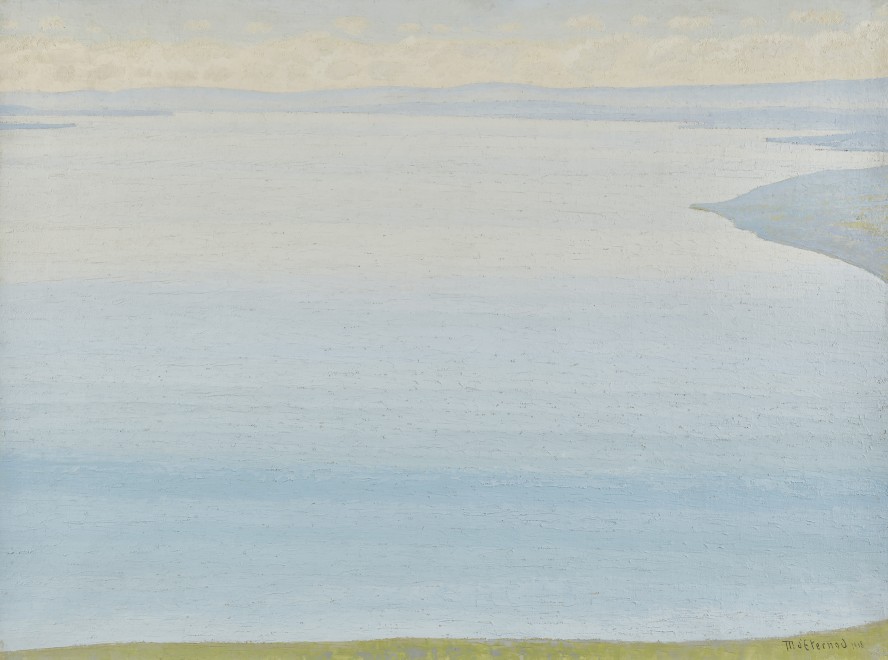Provenance
Private collection, Switzerland
The swiss artist Marcel Victor d’Eternod studied with Ferdinand Hodler. He produced landscapes, often of spacious Swiss mountain views, as well as portraits. The latter from the early years of the 20th century, like the present landscape, clearly show the influence of his teacher in their directness and application of thick paint.
D’Eternod’s art, with its concentration on landscape, was shaped not only by new artistic impulses in Europe, but also by the painter’s close relationship with the natural surroundings of his own country. This almost mystical connection was a characteristic not exclusive to d’Eternod, but also particularly common in the work of many artist at this time. In much of the subjective introspective art of this period, nature became above all a mirror reflecting individual feelings and moods.
While artists such as d’Eternod and Hodler promoted a generic Swiss national identity through their art, they also wanted to express their innermost feelings. Conceptually, this desire for self-expressions was linked to nationalism as well as symbolism. Indeed, the shift from Naturalism (representing nature from a personal perspective) to Symbolism (representing personal feelings through natural imagery) involved only a small step. Like the French symbolists, d’Eternod wanted to convey the ineffable in his work. To do this, he focused, not on the outward appearance of nature, but on nature’s creative process, positing the existence of a supersensory spiritual world accessible through intuition. The English romantic poet Samuel Taylor Coleridge had condemned the superficiality of recording mere appearances, urging artists and writers to probe deeper to reveal the spiritual link between nature and the human soul. In Switzerland, Germany and the Nordic countries there was a strong nationalistic movement, and Symbolism often focused on landscape painting, and a strong school devoted to this subject developed at the turn of the century.
Like d’Eternod, Ferdinand Hodler painted several similar views of Lake Geneva seen from Chexbres (Fig. 1 & 2). Both artists look down at the expanse of the lake from above, making a large oval composition in which the near shore is echoed by the sweep of the mountains on the far side, while clouds in the sky are reflected in the waters of the lake. It is interesting to note that d’Eternod carries the sense of realism and place almost to the point of abstraction in this work of 1918.
